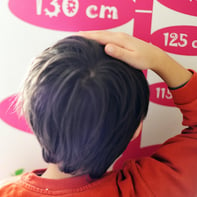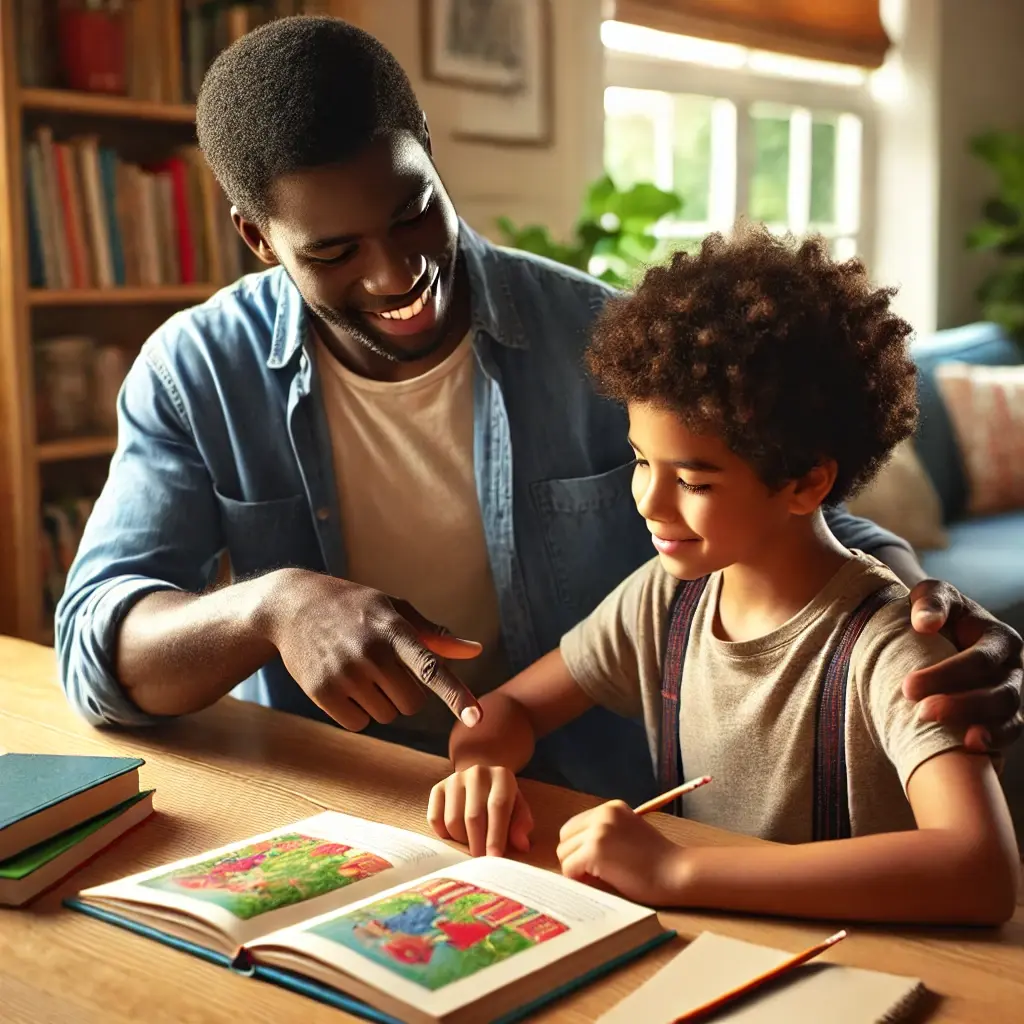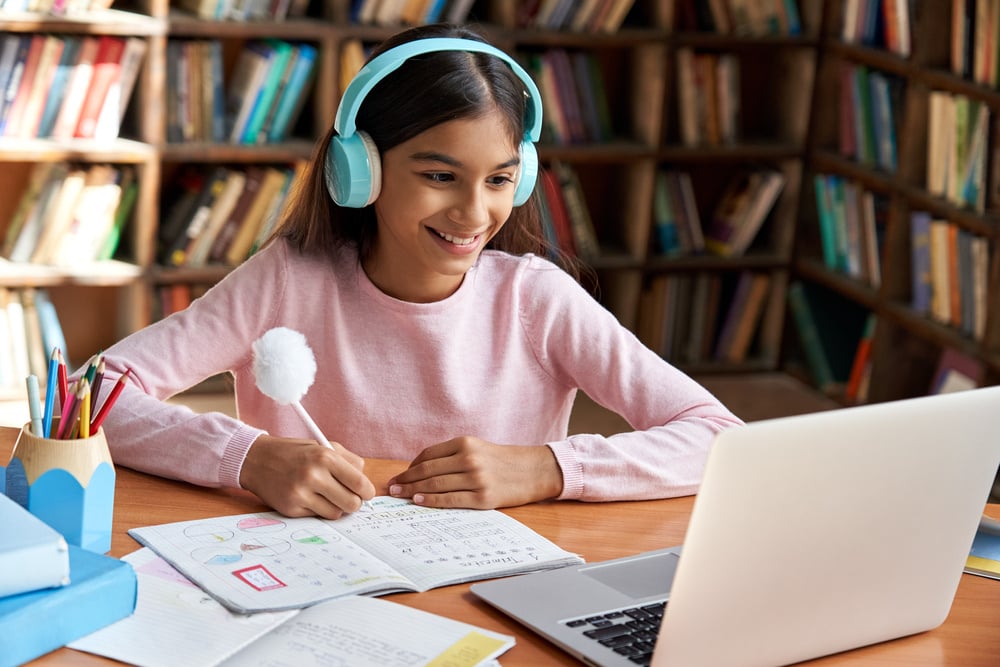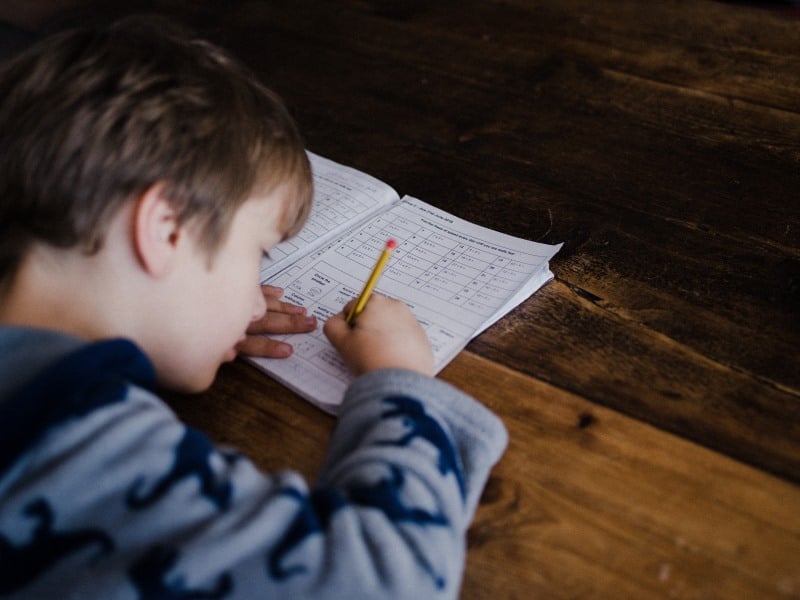Young students can have a hard time measuring things, or even deciding what tools to use. It can be helpful to relate everyday objects to certain measurements for students to refer to (you are four feet tall, your finger is two inches long), but it’s important to make sure they can accurately measure anything with the right tool.
Students in second grade should already know how to compare the sizes of things, like picking the object that is longer, or smaller, or heavier. They should also know their numbers and be able to work with a number line. Using these two skills, learning accurate measurements is the next step up.
Teaching Length
First you want to engage with students to make sure they are having fun and understand how to measure things. Using Lego bricks or something similar is a fun way for them to measure their toys and classroom objects. For example, their pencils are 6 bricks long, their desks are 25 bricks high, the jump rope is 38 bricks long, and so on. Once they get used to this process, it’s an easy transition to work from bricks to inches.
The second step is to teach them measurement tools and what they are best used for. Start with a ruler, explaining that rulers are for small things. It can even relate to their experience; use a ruler for something that looks shorter than your arm. Then you can go into how to use the ruler (hold it down next to the item and don’t let it wiggle!) and how to compare different objects. Next would be the yardstick for bigger items (things longer than your arm), and tape measures.
Of course, practice makes perfect: have them measure a large variety of objects in their class and in their homes. From a pencil to their toes, make sure they write down their measurements. Then have them compare the objects, explaining which items are shorter, longer, taller, and so on.
After they have inches, feet, and yards nailed down, you can start challenging them to estimate how long or tall things are and have them test it. It can make a fun competition, too!
Teaching Weight
Teaching weight can be a lot like teaching distance. It’s important to start with something they are already familiar with. For ounces, they can weigh a strawberry, which is about one ounce; a pineapple is one pound; a car is a ton. Drawing these things out can help them determine how much things weigh, for example, this book is two pounds, which is like two pineapples.
Then teach them how to use a digital scale. It can be helpful to use the items in their chart to start with, in this case strawberries and pineapples. They can see the scale’s readings go up every time you add a strawberry, and go down when you take it away. Then combine the two measurements, adding pineapples with strawberries for pounds and ounces. This is a helpful way to make sure the students can see how much things weigh, not just feel.
Just like with measuring length, have them weigh everything! The best way for them to be able to weigh anything is to have them practice, write down the results, and compare them.
Learn More from Genie Academy
Genie Academy offers a range of after-school educational activities for students, encompassing areas such as mathematics, reading, writing, and coding. Spread across New Jersey, including locations in Plainsboro, Hillsborough, East Brunswick, South Brunswick, Marlboro, and South Plainfield, these programs are specifically crafted for students from Pre-Kindergarten to 8th grade.
Sign up for a free assessment today so we can help your child discover the genius within them.
We cannot wait to meet you.
The Math Genie Team






